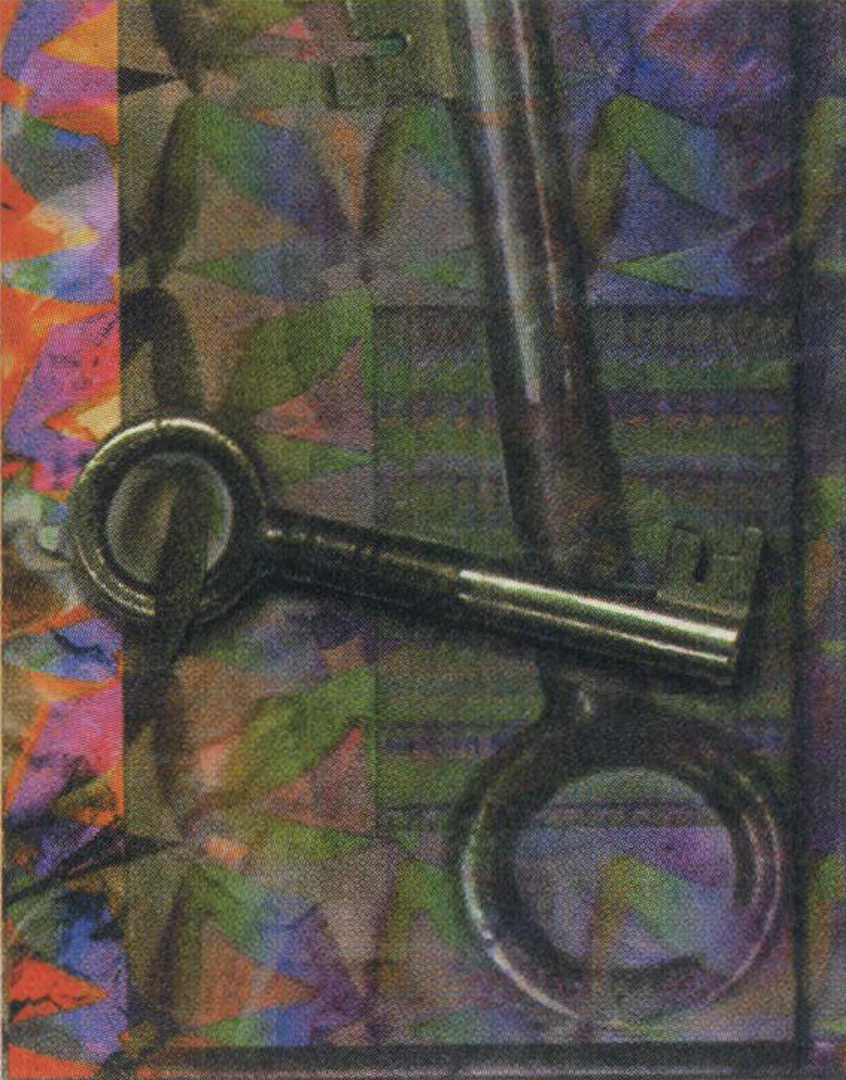Leslie Nobler: Used Chambers
Artist(s):
Title:
- Used Chambers
Exhibition:
Creation Year:
- 2001
Medium:
- Digital print onto textural handmade paper enhanced by pencil, pastel and ink
Size:
- 9.5 inches x 8 inches
Category:
Artist Statement:
This artwork involves personal exploration via digital imaging, manually reworked, using paint, pastel, and other media. Through both the use of mixed media (actual/by hand and virtual) and the content, the work deals with the interplay between realism and abstraction. I try to synthesize a connection, akin to a gateway or portal, between the two. This intent partially explains the key imagery, along with the use of layered collage, and tangible – and virtual – textures.
The abstracted tactile shapes are collaged with photorealistic and shadowy keys, much like the multiple levels occupying our thoughts simultaneously; the brain processes reality but also imaginary, abstract, or subconscious thoughts. Metaphorically, the key expresses various psychological states. One refers to locking or closing doors, i.e. “saying goodbye” to phases of one’s life. In another, the key signifies protection, keeping oneself safe. While one might be aware of her secured space, on a less rational level, a woman once threatened may still feel unsafe and subconsciously recognize that a lock does not provide safety in domestic abuse cases. The imagery also speaks of opening up and revealing new chapters in life. It alludes to the mystery of unlocking a door and finding what awaits – to anticipation and future potential. The keys take on an otherworldly, object-like presence, yet also reflect the wearing away of time (and emotions) of the natural world.
Surfaces of grid-based patterns define 2D abstractions; the space is flat until a photographic/real key interrupts it, creating spatial ambiguity. This work builds curiosity about space and texture. The keys’ environs are haptical and tactile, suggesting touch, in this changing world of virtual interactions between art and viewer. My use of patterns and talisman-like objects tie my work to a rich heritage of handmade art, while adding a sense of “contact” to digital output.
In “Don’t Say Goodbye: Variation I” the keys virtually displace patterned, abstract planes. The resulting digital output is physically attached to purposely “deteriorated” printouts gone amuck. Here I juxtapose output on canvas specially coated for inkjet technology with standard canvas. The backgrounds, printed on untreated canvas where the inks smear and run, result in wonderful disasters when water is introduced – which I further embellish by hand. Since the triptych deals with “closing doors,” the canvas is layered upon wooden forms with the approximate depth of a door, bringing the work into our 3D space.
“Used Chambers” is a monoprint on fibrous handmade paper which I (not a factory) pretreated, rendering softer, less distinct output. The print is enhanced by overdrawing, as I focus on the hand-applied media’s interaction with the printout’s formal elements and surface texture. Just as the artwork is multi-layered, the title has levels of meaning. It refers to private spaces within one’s mind and heart that feel used up, but that must regenerate in order to go on. It has real world significance in that the key unlocks an old armoire, discarded by unknown families, then kept, as the door closed on a marriage, to provide space for the children’s new belongings, new chapters. The chambers are at once closed, yet still growing, compartments of a life or a weary heart.
In these works, the interplay between the concrete, either photo-realistically rendered or handmade, and the virtual (or abstract) creates an important dynamic, on both a formal and conceptual level. In this vein, the objects/forms must suggest recognizable ideas and touch those who look at and explore it. My work combines the human hand/touch and emotion with the power of 21st century technological systems, hoping to provide greater depth of meaning to the viewer.
All Works by the Artist(s) in This Archive:
- Leslie Nobler
-
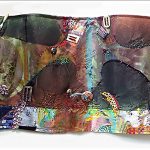
Flow
[DAC Online Exhibition 2015] -
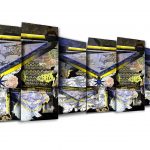
Helicopter Flipbook
[DAC Online Exhibition 2015] -
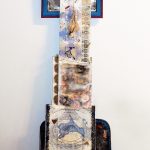
Open the Floe
[DAC Online Exhibition 2015] -
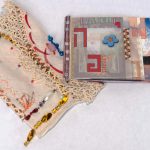
Urban Yafeh
[DAC Online Exhibition 2015] -
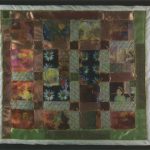
Regrowth from the Wreckage
[SIGGRAPH 1998] -
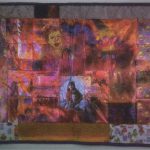
The Doll Floated by (Quilt for Flight 80...
[SIGGRAPH 1998] -
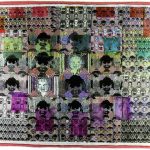
Golden Girls' Security
[SIGGRAPH 1995] -

Don't Say Goodbye (Variation 1)
[SIGGRAPH 2001] -
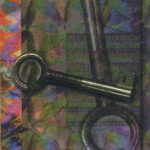
Used Chambers
[SIGGRAPH 2001] -
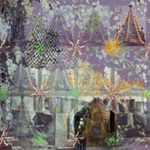
Caves & Flickers
[DAC Online Exhibition 2012] -
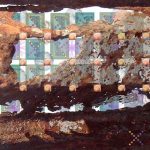
Rusty Tear
[DAC Online Exhibition 2012] -
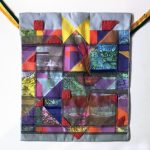
The Three R's Plus Art
[DAC Online Exhibition 2020]

